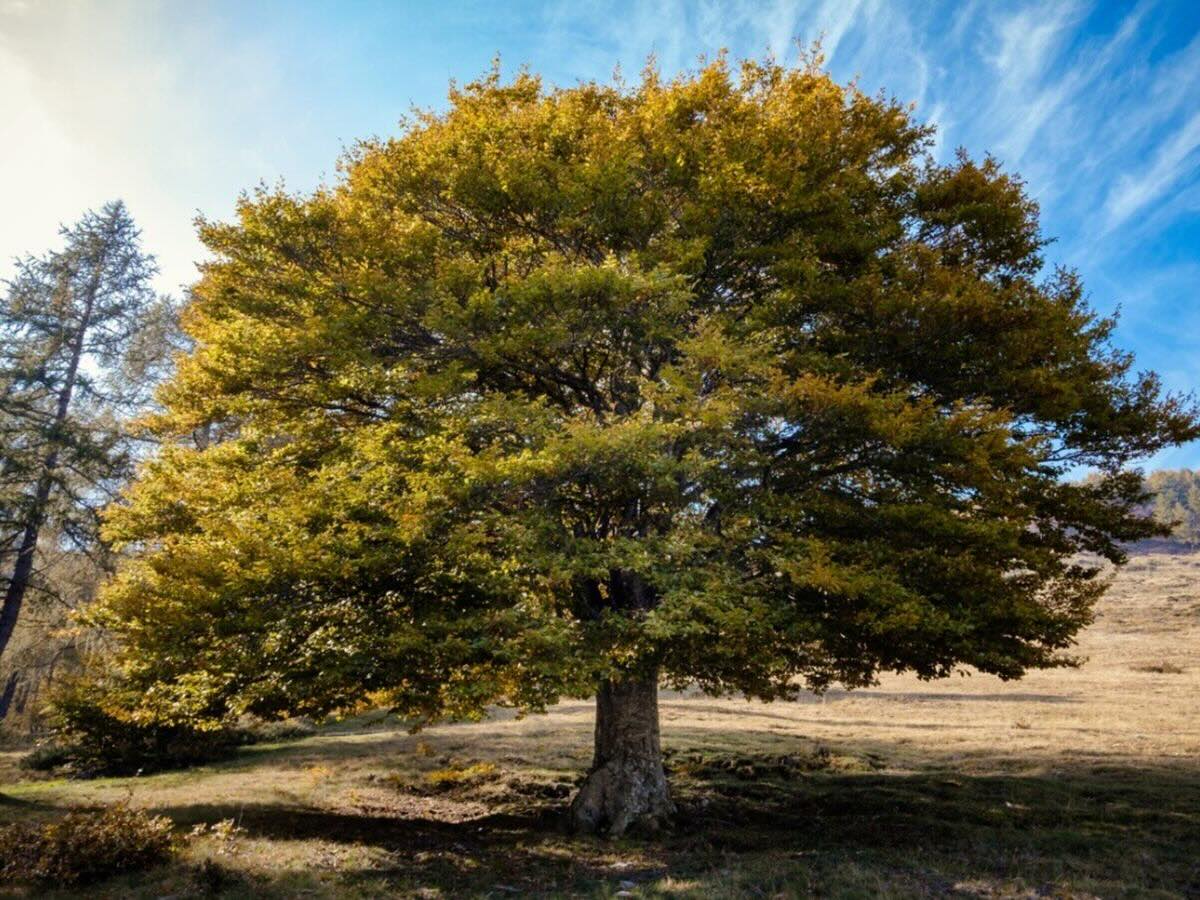
Elm trees have been around for millions of years, gracing landscapes with their majestic presence. But how much do you really know about these towering giants? Did you know that elm trees can live for several centuries, with some even reaching over 500 years old? These trees are not just ancient; they are also incredibly versatile. From providing shade to being used in furniture making, elm trees have a rich history intertwined with human civilization. In this post, we'll uncover 26 fascinating facts about elm trees that will leave you amazed. Whether you're a nature enthusiast or just curious, these tidbits will deepen your appreciation for these incredible trees.
Elm Trees: Nature's Majestic Giants
Elm trees have been a significant part of landscapes for centuries. Known for their towering height and sprawling canopies, these trees are both beautiful and fascinating. Let's dive into some intriguing facts about these natural wonders.
-
Elm trees can live for over 300 years, making them some of the longest-living trees in the world.
-
There are about 30 to 40 different species of elm trees, each with unique characteristics.
-
The American elm, once a common sight in North America, has been severely affected by Dutch elm disease.
-
Elm trees can grow up to 100 feet tall, providing ample shade and a majestic presence in any landscape.
Historical Significance of Elm Trees
Elm trees have played a crucial role in history, from ancient civilizations to modern times. Their wood and shade have been utilized in various ways.
-
In ancient Greece, elm wood was used to make chariots and shields due to its strength and durability.
-
The elm tree is often associated with the founding of the United States, as the Liberty Tree in Boston was an elm.
-
Elm trees were commonly planted along streets in Europe and North America during the 19th and early 20th centuries.
-
The wood from elm trees is resistant to splitting, making it ideal for making furniture and barrels.
Elm Trees in Culture and Mythology
Elm trees have found their way into various cultural references and mythologies, symbolizing different aspects of life and nature.
-
In Celtic mythology, elm trees were considered sacred and were believed to be the abode of fairies.
-
The elm tree is a symbol of strength and resilience in many cultures due to its ability to withstand harsh conditions.
-
In literature, elm trees are often depicted as symbols of dignity and grace.
-
Elm trees have been featured in numerous poems and songs, celebrating their beauty and grandeur.
Environmental Benefits of Elm Trees
Elm trees are not just beautiful; they also provide numerous environmental benefits that contribute to the health of our planet.
-
Elm trees help improve air quality by absorbing pollutants and releasing oxygen.
-
Their extensive root systems help prevent soil erosion and promote soil health.
-
Elm trees provide habitat and food for various wildlife, including birds and insects.
-
The shade provided by elm trees can help reduce energy costs by cooling homes and buildings naturally.
Challenges Facing Elm Trees
Despite their many benefits, elm trees face several challenges that threaten their survival.
-
Dutch elm disease, caused by a fungus spread by bark beetles, has decimated elm populations worldwide.
-
Climate change poses a threat to elm trees by altering their natural habitats and increasing the risk of disease.
-
Urbanization and deforestation have led to the loss of many elm tree populations.
-
Efforts are being made to breed disease-resistant elm trees to combat the effects of Dutch elm disease.
Interesting Facts About Elm Trees
Here are some more fascinating tidbits about elm trees that you might not know.
-
Elm trees have a unique leaf shape, with serrated edges and an asymmetrical base.
-
The seeds of elm trees, known as samaras, are winged and can be carried long distances by the wind.
-
Elm trees can tolerate a wide range of soil types, making them adaptable to various environments.
-
The bark of elm trees has a distinctive, rough texture that provides a habitat for various insects.
-
Elm trees have a high tolerance for pollution, making them suitable for urban environments.
-
The wood of elm trees is used in the production of hockey sticks, due to its flexibility and strength.
Elm Trees: Nature's Silent Giants
Elm trees, with their towering presence and rich history, have always been a significant part of our landscapes. From their resilience against diseases to their role in urban planning, these trees offer more than just shade. They provide habitats for various wildlife, contribute to air quality, and even have cultural significance in many regions. Understanding these facts about elms not only deepens our appreciation but also highlights the importance of preserving them. Next time you walk by an elm, take a moment to admire its strength and beauty. These silent giants have stood the test of time, and with our help, they can continue to thrive for generations to come. So, let's cherish and protect these magnificent trees, ensuring they remain a vital part of our environment.
Was this page helpful?
Our commitment to delivering trustworthy and engaging content is at the heart of what we do. Each fact on our site is contributed by real users like you, bringing a wealth of diverse insights and information. To ensure the highest standards of accuracy and reliability, our dedicated editors meticulously review each submission. This process guarantees that the facts we share are not only fascinating but also credible. Trust in our commitment to quality and authenticity as you explore and learn with us.
